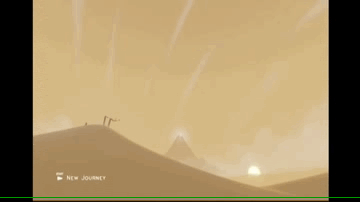Video games. Having devoted much of my time into the analysis, production, and playing of them in recent years, most of my thoughts, when it comes to visual rhetoric, inevitably float back to video games and how any theory, in practice, is used in connection to that medium. It’s just how I roll — as the kids say.
So, in that regard, the flow of information — heck, the Flow of anything, really — is linked back to video games and how interface design, representation, or image analysis is used in connection to the medium, its communities, and the practices that surround them. I sometimes even think in terms of command blocks, too. In using any one theory, like the more mathematical based use of Shannon and Weaver’s communication model in Reading Images or even Norman’s levels of processing, my mind moves through structures of how to move between parts and the modularity of their interconnectivity. The output of one feeds into the input of another, in other words.
With such a mental framework (influenced by my undergraduate time as a computer scientist), it would be inevitable, then, that I’d produce something with a connection to video games. That my output, as it were, would be itself a video game through the process of synthesizing all these, sometimes conflicting, theories into some product. That I’d make a game to both talk about and to the games in its genre or community. Meta. Meta. Discourse. Discourse.
In the addressing modes other than visual, there’s not much to write about video games. That is, there is probably an infinite amount of analysis and study to do, but nothing that directly relates, at least in a strong enough way to discuss it at length, to the theories reviewed and used in the class. We didn’t really touch on the other modes too much and, although they are a part of video games in a strong way, I guess I don’t feel like I could write about them without some theoretical framework in place for the discussion. (As Dr. Rodrigo would say here, “Does that make sense?”)
So, in a super informal conclusion to this, video games. All the time, video games. All the answers, video games. Oh, and video games.
Update (after class, 16 April 2015):
Affordances, right?
Constraints, literacies, genre
Oh, god! Thanks, Summer.
And the tweet I wrote, too.
